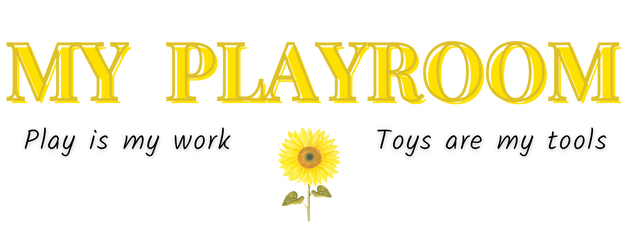Modern parents who want to provide the best for their children have witnessed the rise of Montessori toys over the years. The Montessori method itself is so rich historically, and the thoughtful approach to early childhood learning is a well-preserved gem typical of this modification or innovation in parenting. In the new age of parenting, it becomes crucial for parents to be aware and opt for the correct Montessori toys. Let's explore the basics of Montessori toys and some of the best Montessori toys curated for your little one.
What Are Montessori Toys?
Toys of the Montessori line are designed to cater to sensory- and skills-oriented learning. Normally the traits of such toys are those comprising simplicity, natural material composition, and real-life-imitating quality rather than fantasy. Though a good number of the traditional Montessori materials were developed by Maria Montessori and are used in Montessori classrooms, this doesn't necessarily mean that all toys to be found in a Montessori home have to be Montessori-designed. When we talk of Montessori toys, we refer to those that adhere to Montessori principles.
The Main Characteristics of Montessori Toys
1. Simplicity and Aesthetic Appeal
Montessori toys are created in a way that does not provide the children with too much purpose other than what is intended. They are usually made out of simple, natural material—most often, wood—without batteries or electronics. What is more, a lot of emphasis on the Montessori method is laid not only on the substance of beauty but also the aesthetics. Children play a lot, and beautiful toys will awaken feelings of aesthetics and the high value of beauty.
Example: Simple wooden blocks in natural colours with simple shapes for building and exploration for children.
2. Focus on Sensory Exploration
Children learn primarily through movement and their senses. Maria Montessori believed in learning through doing. That is, the exposure to the world should be for the children to see, hands-on, to explore on their own by use of their hands and other senses, and not to be told about the world.
Example: A set of tiles that are textured to the feel for children to feel and sort based on those textures and colours.
3. Thoughtful Design
According to Montessori, every toy should serve some educational use and allow the child to learn a specific conceptual skill. This brings us to one of the main factors for which most Montessori toys are "closed-ended" toys. Open-ended toys can fit well with a Montessori framework as long as they allow ample opportunities to explore and learn.
Example: The child-size cleaning set of sweep and duster that supports reality-based activities in sweeping and dusting enlarges a child's sense of independence and develops his/her practical life skills.
4. Reality-Based
Maria Montessori once stated, "Imagination is founded on reality." Montessori toys are based on reality rather than fantasy. And for a simple reason: young children cannot readily differentiate between reality and fantasy. Considering how much beauty and wonder there is in the real world, why fill their minds with fictitious ideas?
Example: Animal toys that closely resemble real animals, empowering the child to know the different species and their characteristics.
5. Control of Error
Most of the Montessori-type traditional toys are self-correcting, whereby it is designed in such a manner that children receive clear feedback from the toy itself on whether they are doing it right.
It's an understanding of the principles behind a Montessori toy—a heuristic that makes it powerful for child development. Simple, sensory, purposeful, reality-based learning and self-correction are all attributes to look for in your purchase of Montessori toys.
After all, no toy will ever replace the greatest value that you give your child. The toy can only work as support for development, but you are irreplaceable in the process of development. Therefore, be careful in the choice, but at the same time, enjoy the very special moments of play and development you share with your little one. Find a great variety of high-quality Montessori toys for your child in MyPlayroom!

